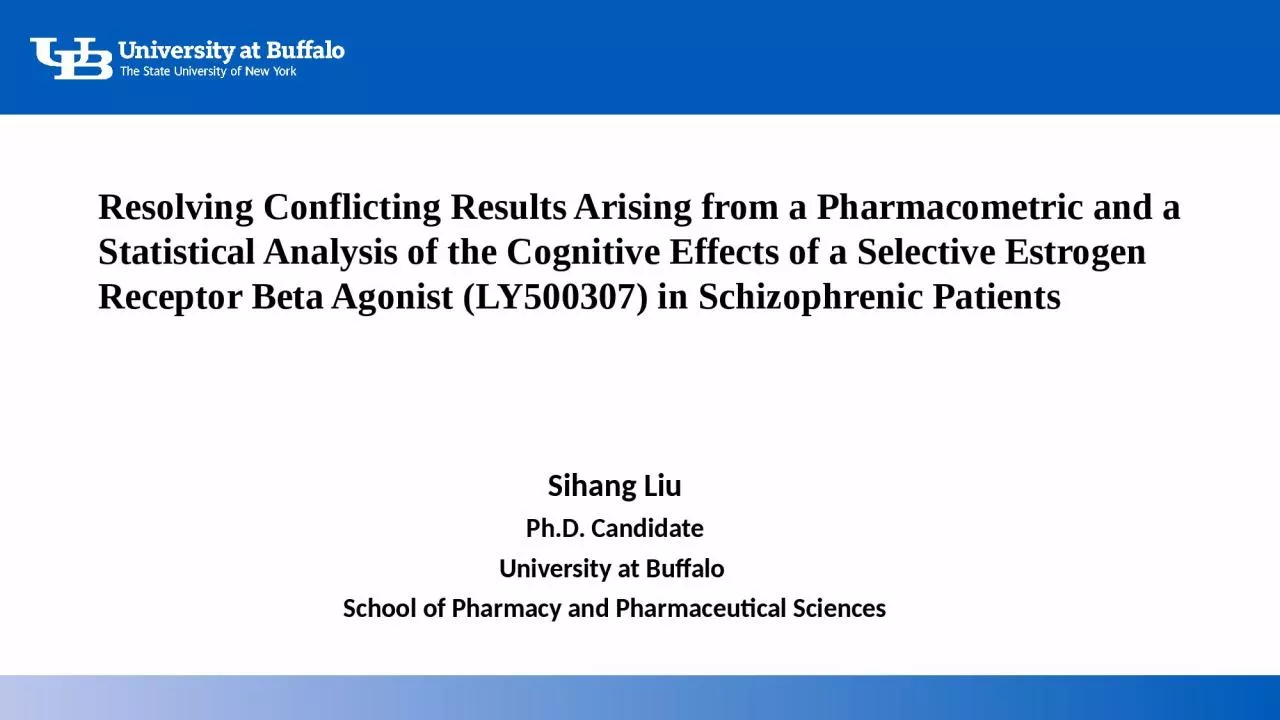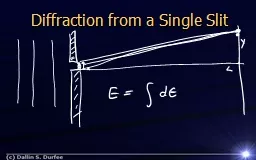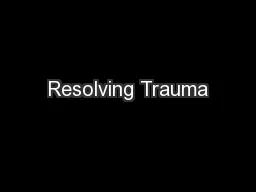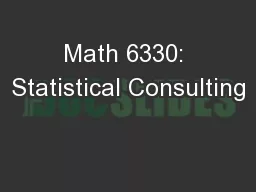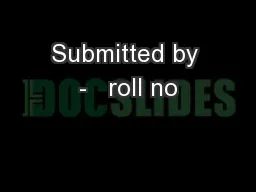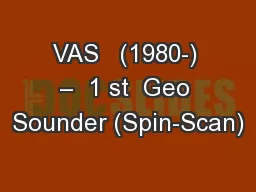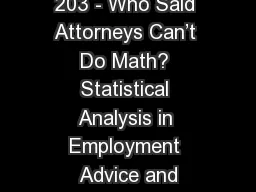PPT-Resolving Conflicting Results Arising from a Pharmacometric and a Statistical Analysis
Author : walsh | Published Date : 2022-06-08
Sihang Liu PhD Candidate University at Buffalo School of Pharmacy and Pharmaceutical Sciences A phase 1b2a adaptive clinical trial of a selective estrogen beta
Presentation Embed Code
Download Presentation
Download Presentation The PPT/PDF document "Resolving Conflicting Results Arising fr..." is the property of its rightful owner. Permission is granted to download and print the materials on this website for personal, non-commercial use only, and to display it on your personal computer provided you do not modify the materials and that you retain all copyright notices contained in the materials. By downloading content from our website, you accept the terms of this agreement.
Resolving Conflicting Results Arising from a Pharmacometric and a Statistical Analysis: Transcript
Download Rules Of Document
"Resolving Conflicting Results Arising from a Pharmacometric and a Statistical Analysis"The content belongs to its owner. You may download and print it for personal use, without modification, and keep all copyright notices. By downloading, you agree to these terms.
Related Documents

